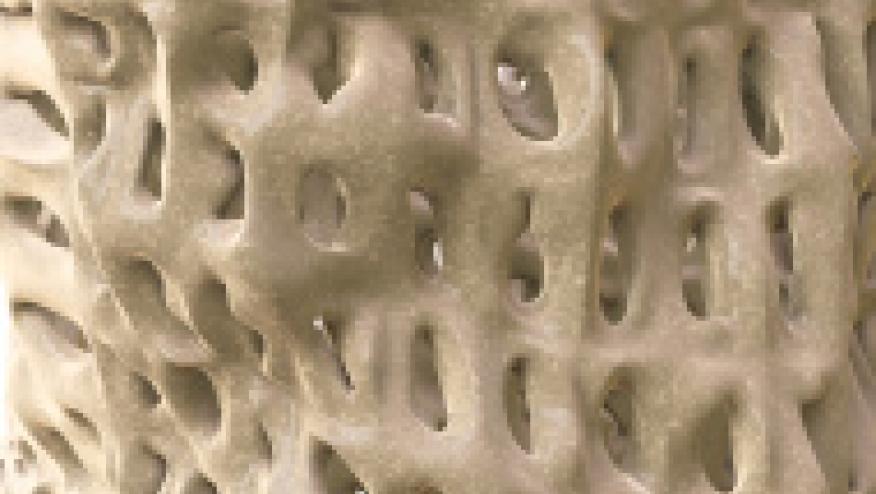DATA-Switch Study Finds the Right Sequence to Building Better Bone Mass Save

Long-term management of osteoporosis can be challenging, and given the increasing number of choices, the best sequence of drug use has not been addressed adequately.
The DATA study showed that combined teriparatide and denosumab increased bone mineral density more than either drug alone, but that discontinuation of either resulted in rapid loss of BMD. Now the DATA-Switch study has been published, and shows the BMD effects of switching between therapies in women with postmenopausal osteoporosis.
The DATA-Switch was a preplanned, open-label extension of the denosumab and teriparatide administration (DATA) study, in which 94 postmenopausal osteoporotic women were randomly assigned to receive 24 months of either agent or both. In the 24 month extension (DATA-Switch), patients switched from one agent to the other and those on both were given denosumab.
There were no significant differences in the increase in BMD (14-18.3%) of the spine between the groups. However, significant increases in the hip and femoral neck BMD were seen when switching from teriparatide to denosumab or from the combination to denosumab (compared to the denosumab to teriparatide switch group).
In summary, teriparatide does not adequately prevent bone loss when used after denosumab. In contrast, denosumab stabilises and further increases bone mineral density when used after teriparatide or combination therapy.










If you are a health practitioner, you may Login/Register to comment.
Due to the nature of these comment forums, only health practitioners are allowed to comment at this time.